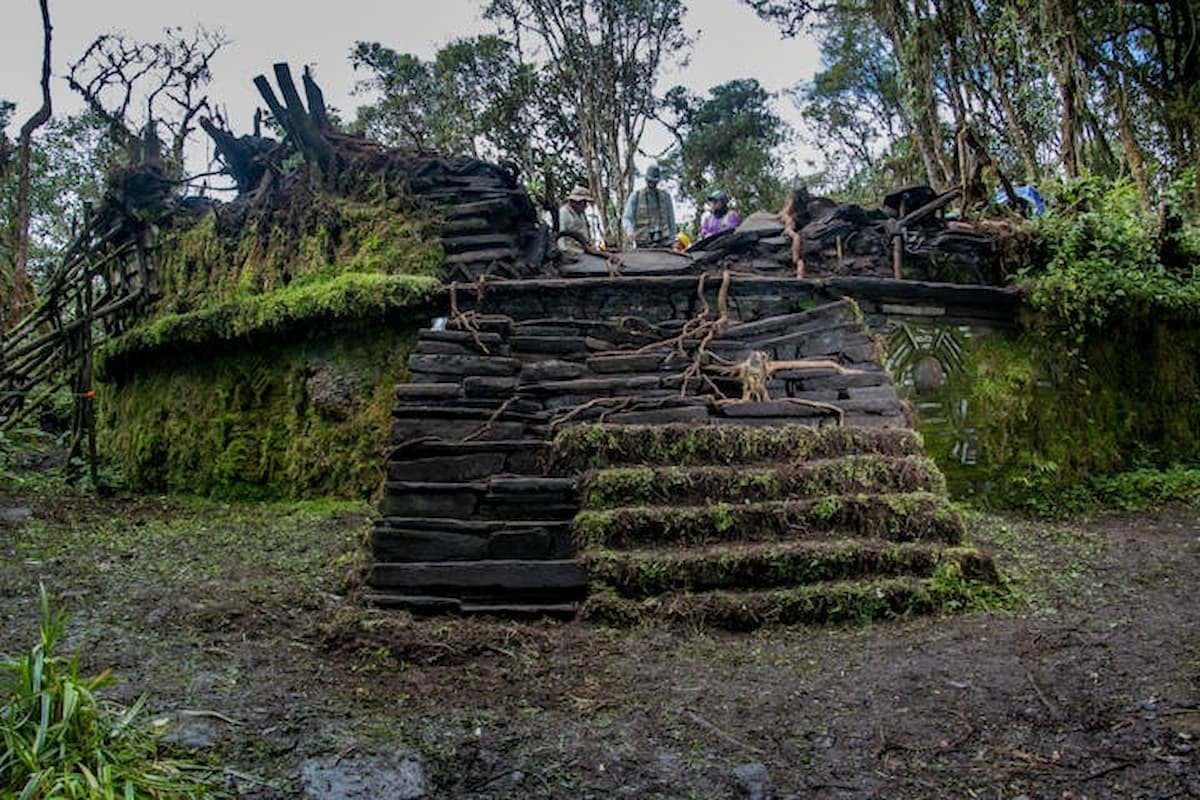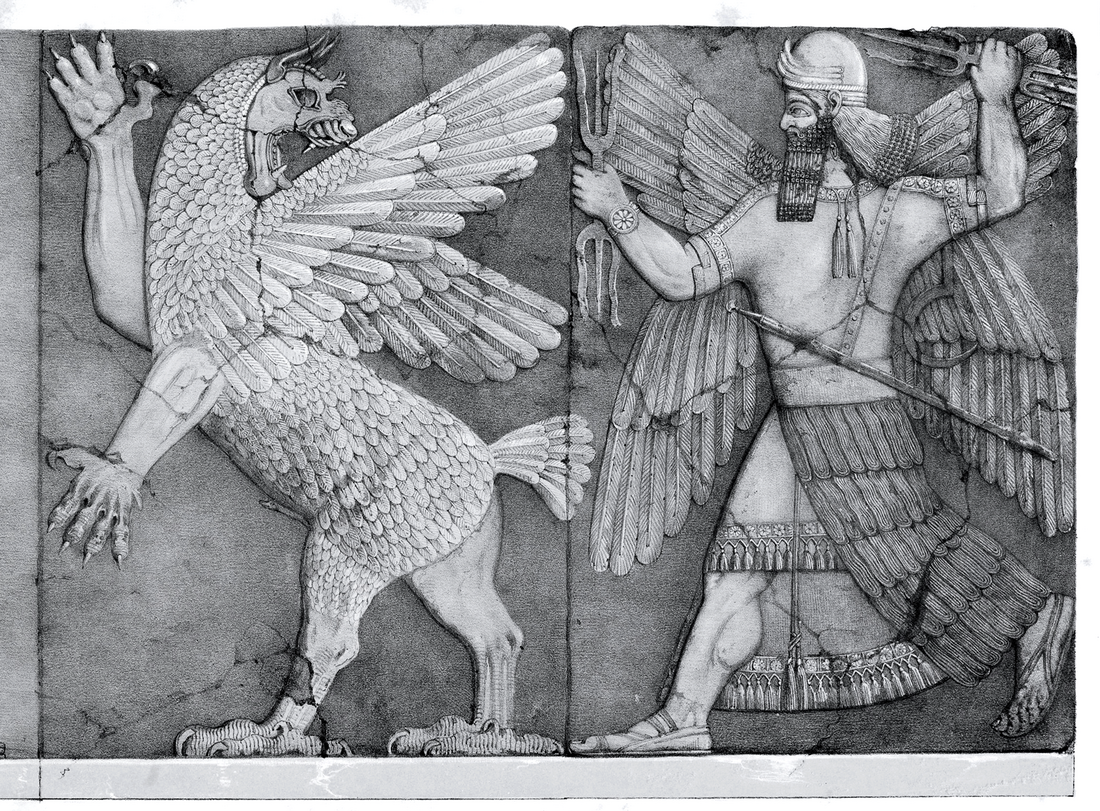The World Monuments Fund (WMF) has announced the discovery of over 100 previously unknown archaeological structures, enriching the 26 structures initially uncovered in 1980 in the Gran Pajatén area. This breakthrough is the result of an interdisciplinary research program conducted from 2022 to 2024.
The project combined exploration, excavation, preservation, and documentation activities, leveraging advanced technologies. The discovery took place at Gran Pajatén, one of the most significant and enigmatic complexes of the Chachapoya culture, located within the Río Abiseo National Park in the San Martín region of Peru.
A Discovery Without Environmental Disturbance
Among the techniques employed were ground and aerial scanning using LiDAR (Light Detection and Ranging), photogrammetry, topographic mapping, and techno-morphological analysis. These cutting-edge tools enabled the creation of an exceptionally detailed map of the entire complex—without causing any damage to the fragile ecosystem or the delicate archaeological remains.
The design of the complex proved far more intricate than previously thought. All findings were made without disturbing the ecosystem or the sensitive archaeological structures.
The Chachapoya Culture — “The People of the Cloud Forest”
The Chachapoya, known as “the people of the cloud forest,” thrived between the 7th and 16th centuries along the eastern slopes of the Peruvian Andes, at elevations ranging from 2,000 to 3,000 meters above sea level.
Their architectural heritage includes circular buildings, ritual terraces, geometric pinnacles, and decorated tombs clinging to cliff faces. Initially, the Chachapoya resisted the expansion of the Inca Empire but were eventually assimilated by the late 15th century, shortly before the arrival of the Spanish conquistadors.
A Milestone for Indigenous Heritage
Discovered in 1960, Gran Pajatén has since been considered one of the most important finds related to the Chachapoya civilization. The complex features ritual buildings richly adorned with stone mosaics and human figures in high relief, alongside pinnacles that tower above the surrounding jungle.
However, due to dense foliage and the fragility of the ecosystem, many aspects—such as its function, chronology, and scale—have remained largely unknown.
For the first time, WMF researchers succeeded in uncovering and studying what lies beneath the vegetation without disturbing the ecosystem—an achievement that allowed them to reconstruct the spatial layout and its relationship to the natural environment and nearby settlements.
This discovery significantly expands our understanding of Gran Pajatén and raises new questions about its role within Chachapoya culture, said Juan Pablo de la Puente Brunke, CEO of WMF Peru.
A Connected Network
Evidence now confirms that Gran Pajatén is not an isolated site but part of a complex, interconnected network of pre-Spanish settlements from various time periods.
Recent archaeological studies suggest the site was inhabited by the Chachapoya at least since the 14th century, though soil stratigraphy indicates earlier usage.
Researchers have also documented pre-Hispanic routes linking Gran Pajatén to other centers such as Plaja, Papayas, and Los Pincundos—highlighting its role as part of a hierarchical and well-connected terrestrial network.
Stairs of Building 1 at Gran Pajatén
Photo: Heinz Plenge Pardo
Pioneering Preservation Techniques
The WMF team also carried out conservation work on one of the site’s most significant structures. These efforts focused on controlled vegetation removal, stabilization of walls, filling joints, supporting staircases and stone pinnacles, and partially reconstructing a perimeter wall.
A specially formulated clay mixture was used to stabilize these elements without compromising their authenticity. Dr. Ricardo Morales Gamarra, head of conservation, described the project as a pioneering intervention that will serve as a model for future preservation efforts in the region.
Located within a sensitive ecological zone, visitor access to Gran Pajatén and other parts of Río Abiseo National Park will be restricted to protect the site.
Technology Bringing History to Life
The project’s results were showcased in a public exhibition at Lima’s Museum of Art (MALI). Running until June 18, the exhibit allows visitors to explore Chachapoya culture and delve into the recent findings through striking visual and narrative media that highlight both the region’s cultural richness and the technical complexity of the ongoing work.
What makes this discovery especially remarkable, beyond the sheer number of new structures uncovered, is the method by which it was achieved, notes Bénédicte de Montlaur, WMF president and CEO.
Thanks to advanced technology, the team was able to create detailed visual and scientific documentation that brings Gran Pajatén vividly to life—without putting the environment at risk.








